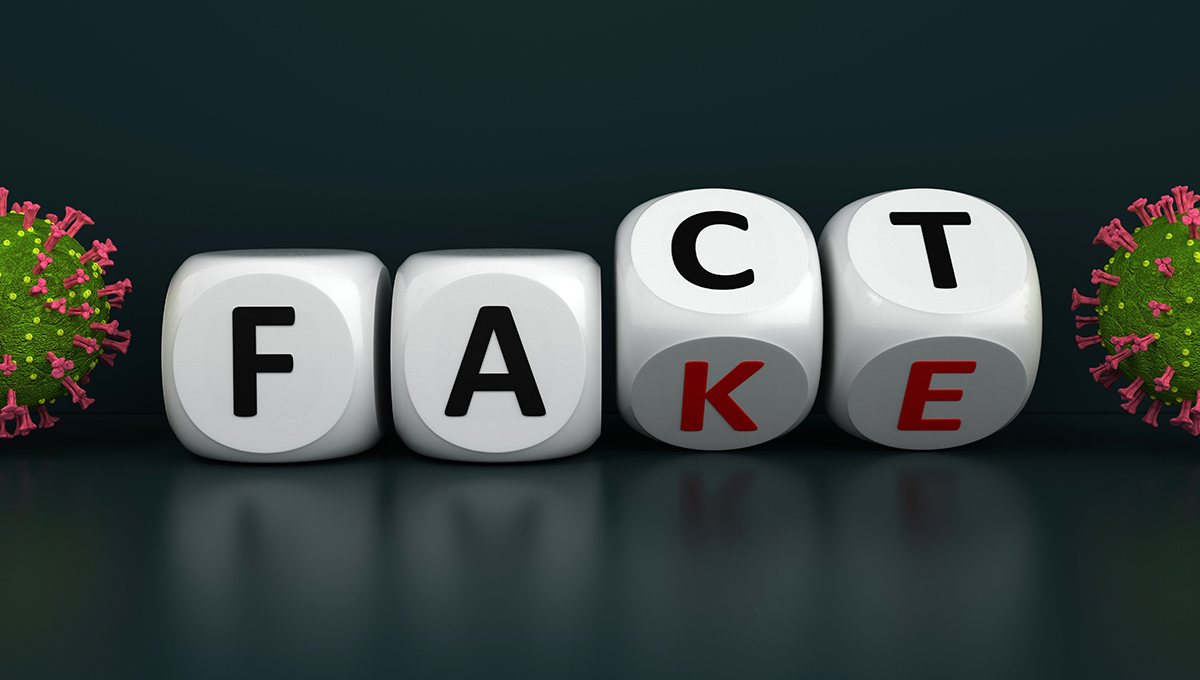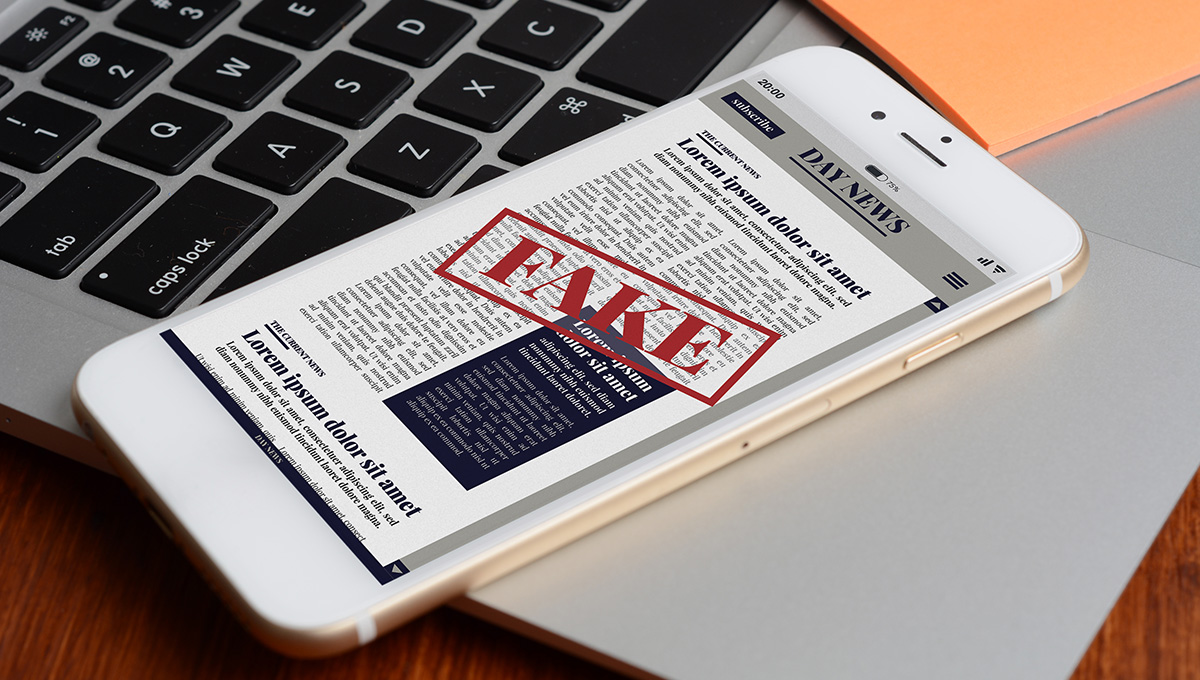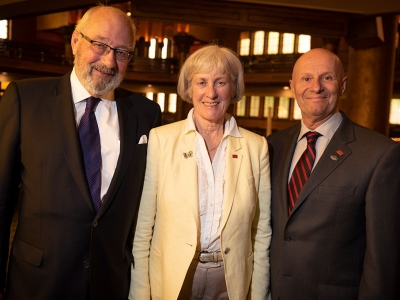By Brenna Mackay
The 2016 presidential election highlighted how false and misleading information can threaten the fabric of an informed democratic society. Similarly, the spread of science disinformation is also deeply concerning amid a pandemic, as Carleton University Journalism Prof. Christopher Dornan writes in a discussion paper for the Public Policy Forum (PPF).
Using COVID-19 as a case study, Dornan’s paper explores factors that contribute to the spread of disinformation during times of uncertainty. He argues that science has historically been poorly understood by the general public, despite being key to many aspects of modern life.

Prof. Christopher Dornan
“What makes science reliable, or as reliable as is possible, is its institutionalized procedures of contestation,” Dornan writes.
“Every peer review is conducted with a sceptical eye. Every advance in insight is a rebuke to a previous understanding. Science shares this in common with democratic politics: they are both noisy with perpetual disagreement.”
Disinformation is always concerning but not unexpected in the realm of politics. During a pandemic, however, disinformation can have more of a direct impact on our health.
As COVID-19 began to spread across the globe in the early months of 2020, health officials had to rely on the collective social actions of the public to flatten the curve. In a matter of days, schools and workplaces were closed, public gatherings were banned, and health and government officials set out on a large-scale campaign to educate the public on the risks of this new virus.

Combating the Spread of Science Disinformation
For these interventions to be effective, citizens had to trust the information they were being told. As scientists, health and government officials continued to learn and educate the public about the virus and how it spreads, they were faced with an additional challenge of combating the spread of science disinformation online.
Dornan’s paper also examines how the rise of social media platforms as primary news sources has transformed how scientific discoveries are presented to the public. Social media allows advocates of anti-science and pseudoscience to take advantage of an individual’s distrust in authority. Meanwhile, social media websites’ algorithms are designed to reward continuously more ridiculous and divisive content.
The paper concludes that addressing the social harm of science disinformation will require steps such as ongoing discourse with social media companies, greater understanding of why the anti-science movement seems to be aligning with the political right, and deeper insight into how science disinformation spreads across the internet.
“The dangers of science disinformation to collective wellbeing, as we have seen during the first stage of the pandemic, are too great to allow it to spread uninhibited and unanswered,” Dornan writes.
“From now on, if we value reason and scientific understanding, we must recognize that we are in a propaganda war, and it is permanent.”
The PPF is a Canadian think-tank that “builds bridges among diverse participants in the policy-making process and gives them a platform to examine issues, offer new perspectives and feed fresh ideas into policy discussions.”

Friday, July 31, 2020 in COVID-19, Journalism and Communication
Share: Twitter, Facebook



